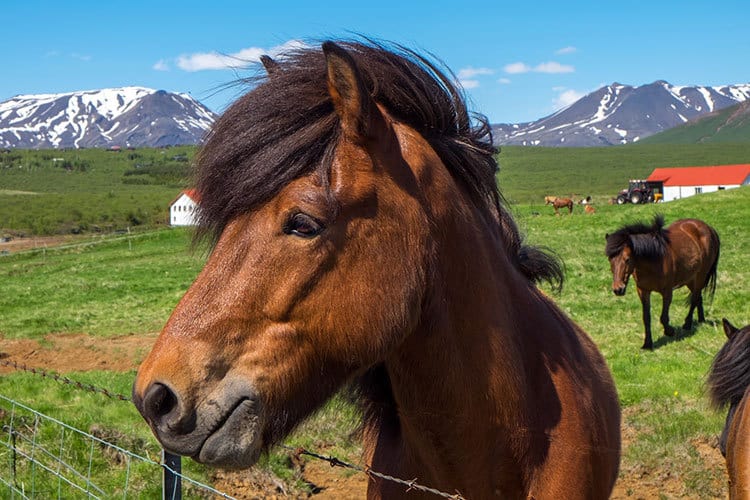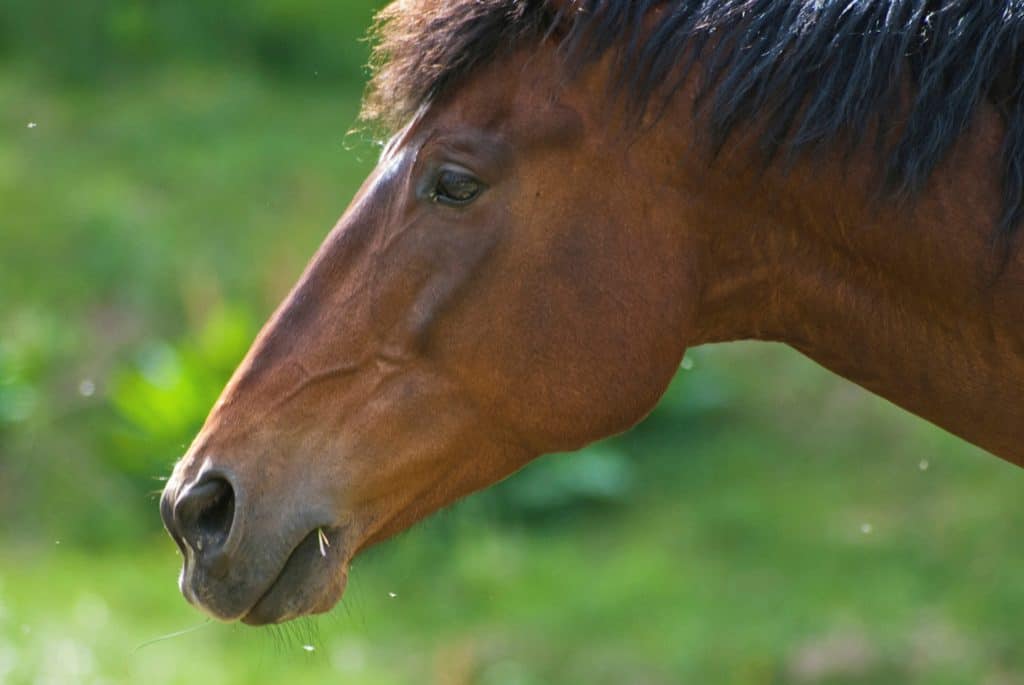
The 411 on Equine Shipping Fever
Find out how your veterinarian might diagnose and treat this pulmonary disorder, and how you can prevent it.

Find out how your veterinarian might diagnose and treat this pulmonary disorder, and how you can prevent it.

Learn about keeping OTTBs healthy and happy as they move into new disciplines. We’ll cover feeding, vet care, handling, and more!

Surgeon Dr. Brett Woodie covers ways vets can identify the causes of upper-respiratory issues in athletic horses.
Dr. Janet Beeler-Marfisi is studying better ways to diagnose equine lung disease using cell markers and flow cytometry.

Vets are using serum amyloid A, a naturally produced protein, to detect equine infections and monitor treatment.

Mouth-gaping caused by bit pain could make it difficult for horses to breathe, researchers say.

Dr. Allen Page’s multifaceted role at UK will involve working as a scientist and veterinarian.

A specific strain of S. zooepidemicus was likely behind the horses’ coughing and nasal discharge.

Learn how veterinarians treated an 18-month-old Andalusian colt that suffered nasal collapse after a training accident.

Of the 268 respondents, 93 (35%) said their horses suffer from seasonal respiratory allergies.

Of the 475 respondents, 76 (16%) said they’re concerned about the air quality in their horses’ barns.

Horses with noninfectious respiratory disease had much lower SAA concentrations than horses with infectious disease.

Dusty arenas could be compromising your respiratory health, right along with your horse’s.

Researchers discuss equine rotavirus infection in foals, bacterial upper airway infections, and more.
Lecture topics will include performance-limiting upper airway issues, infectious respiratory diseases, EIPH, and more.

Find tips on handling bacterial pleuropneumonia, pneumothorax and hemothorax, rib fractures, and ARDS in foals.
Stay on top of the most recent Horse Health news with
"*" indicates required fields